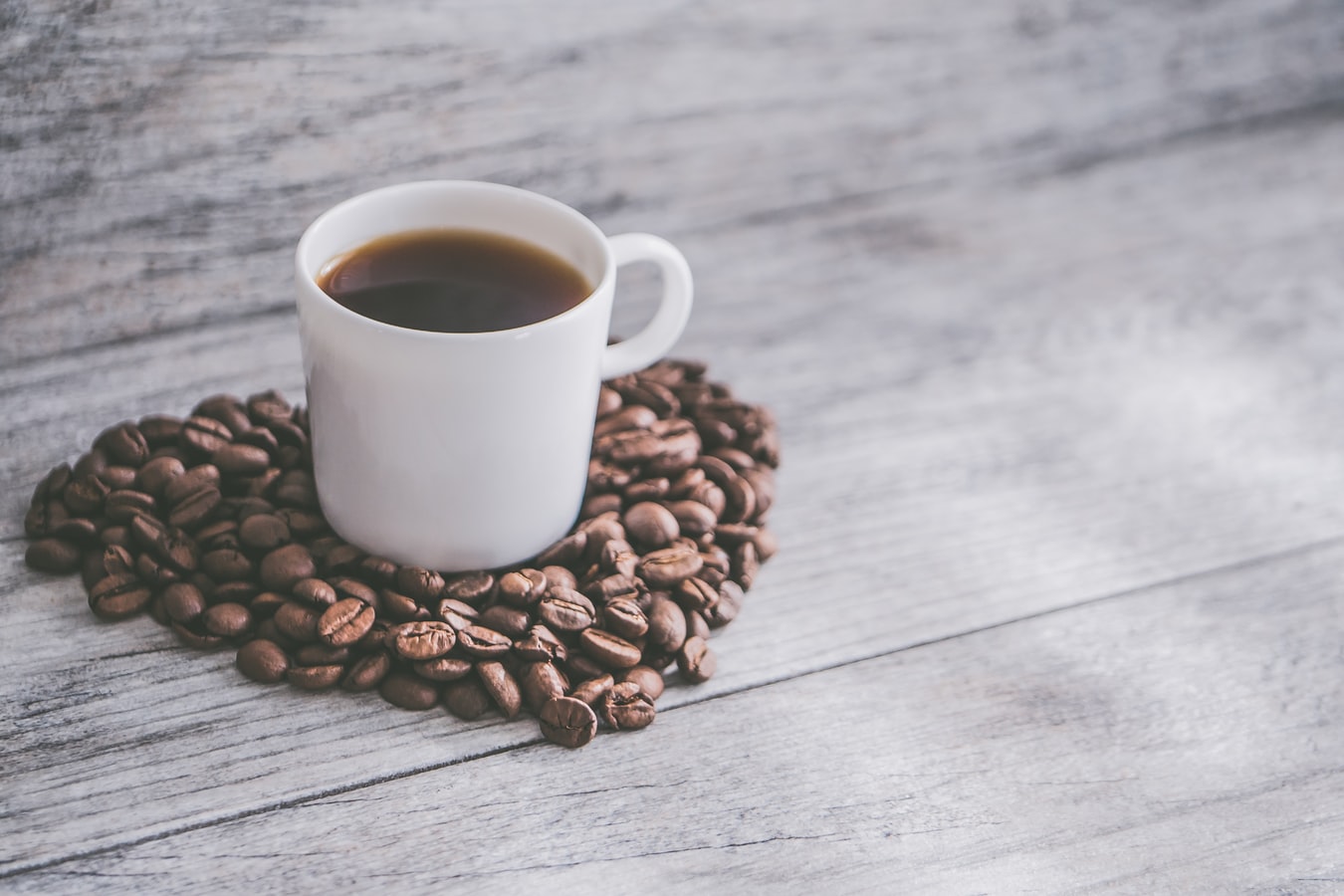Kona coffee is a type of coffee grown on Hualalai slopes and Mauna Loa on the largest island in Hawaii. It has its taste because it is grown at an elevation higher than any other area in North America. This makes it more hardy and resistant to disease but also makes it more expensive to produce. Here are the top ten facts about Kona coffee.
1. There are Four Primary Regions of Kona Coffee
The four main regions where Kona coffee is produced in the state are Hamakua, Puna, Ka’u, and Kona. These are located on the west side of Big Island. The four regions are known for differences in climate and growing conditions.
The Kona region is the northernmost of the four, with a cafe climate found in Hamakua, Kona, Ka’u, North Kohala, and South Kona districts. This region has a mean annual temperature of 70 F (21 C) and an average rainfall of 50 to 100 inches (1,27 to 2,54 m).
2. The Main Ingredient for the Best Quality Kona Coffee is Volcanic Soil
Volcanic soil has many things going for it when it comes to growing coffee. It has a high water-retentive capacity, keeps coffee plants free of most diseases, and is rich in potassium, which helps to keep the coffee cup bright. It also provides an excellent environment for the trees that produce coffee berries.
Even more important, though, is the fact that volcanic soil retains moisture extremely well, which makes it ideal for growing coffee. Ideally, volcanic soil should have alkaline properties and be rich in iron oxide minerals.
3. Kona Coffee Grows Within a Very Small Growing Area
There are two farms in Kona that produce 80% of the state’s total Kona coffee production. The rest gets exported. The total production is only about 1% of the Hawaiian island’s coffee production.
4. Kona Coffee Is Known for Being Very High Quality
Kona coffee is prized for its high quality, but this status was only earned after decades of dedication and hard work. During the first half of the 20th century, Kona coffee was cheap and low quality. Even today, cheap brands use the term “Kona Blend” on their labels instead of just saying “Kona.”
5. There Is No Real Difference Between “Kona Blend” and “100% Kona Coffee
It wasn’t until the late 1950s that premier coffee beans began to arrive in Honolulu. Specialty coffee growers worldwide began sending premium beans, which pushed the price to $5 a pound. This high cost meant it was only available to a select few.
To make it more accessible, coffee companies blended their Kona coffee with cheaper beans from other regions. In fact, there is no real difference between “Kona Blend” and “100% Kona Coffee.”
6. The First Good Kona Coffee Beans Were Harvested in 1904
The first large commercial crop of coffee was not planted in Kona until 1904. That first planting produced only 10 tons of beans, which is about the amount produced by a good tree today. This was a far cry from the over 60 tons of beans that Kona farmers produce at present. They had 25 years to go before producing coffee beans that were good enough for commercial sale.
7. The First Large Kona Coffee Planting Was Based on German Methods
In 1904, there were just 13 acres (5 hectares) of coffee in Kona planted by an entrepreneur named James Drummond Dole. They would be the foundation of the Dole Foods Company.
A German immigrant named Gustav Braun took over this project and began using what he had learned about coffee production in Hawaii from his time on a coffee plantation in Brazil. He planted nearly 900 acres (350 hectares) of Kona coffee by 1920, helping establish huge commercial plantations on the island.
8. Kona Coffee Beans Have Unique Taste and Flavor
Kona’s coffee beans are unique in their taste and flavor, largely because of the growing conditions in which they are grown. They usually have a full body and low acidity, which results from having more than twice the usual amount of fatty oils.
Additionally, Kona coffee is considered to be very versatile because it pairs well with pretty much anything. Many people use it in cocktails or as an ingredient in desserts. It is also a popular choice for those who enjoy blending their coffee at home.
9. Kona Coffee Is Considered to be one of the World’s Best
Kona coffee is considered to be one of the world’s best. There are only about seven coffee-growing regions in the world that are better than Kona. These regions are Java, Sumatra, Jamaica Blue Mountain, Bali, Kenya AA, and Panama Geisha.
10. Kona Coffee Is Grown At an Elevation of More Than 2,000 Feet (Nearly 600 Meters)
Kona coffee is grown at an elevation of between 1,500 to 6,000 feet (457 to 1 988 meters), but it is usually grown between 2,000 and 5,000 feet (607 to 1524 meters). This places it at an elevation higher than any other coffee region in the world, which helps to make it more resistant to disease and pests. It also makes it much more expensive than other coffee-growing regions.
Conclusion
Many things can be said about the coffee in Kona. The facts above highlight just a few of the amazing things about this wonderful coffee. The popularity of this type of coffee has grown, and much of it gets used as a medium for specialty blends.
Author: Renaldo Constantine

